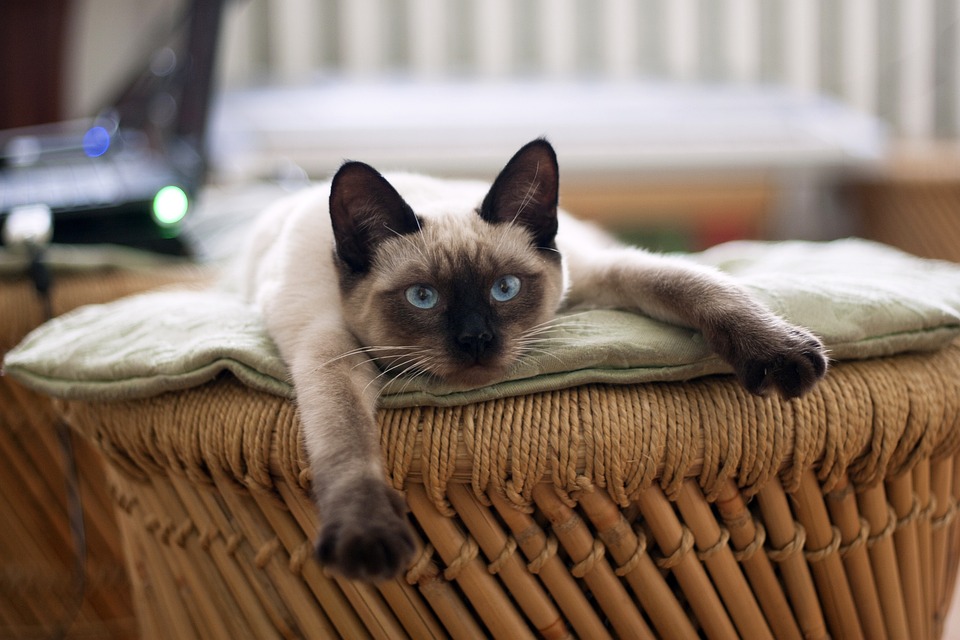Creating a sustainable and effective regular exercise routine for your cat is crucial for their overall health and well-being. Just like humans, cats require physical activity to keep their muscles toned, joints flexible, and weight in check. However, it’s important to create a routine that suits your cat’s individual needs and preferences. In this article, we will guide you through the process of establishing a regular exercise routine for your cat, ensuring it is effective, engaging, and most importantly, sustainable.
Why is regular exercise important for cats?
Regular exercise offers a plethora of benefits for your furry friend. It helps to maintain a healthy weight, reduce stress and anxiety, strengthen muscles and joints, and prevent behavioral issues. Cats with insufficient exercise may exhibit unwanted behaviors such as excessive scratching, aggression, or hyperactivity. Regular exercise helps prevent these issues.
Assessing your cat’s exercise needs
Before diving into an exercise routine, it’s essential to assess your cat’s current fitness level and any specific requirements they may have. Factors to consider include age, health condition, breed, and weight. Kittens and young cats generally require more exercise than senior cats. Cats with certain health conditions, such as arthritis or heart disease, may require modified exercise routines. Consult with your veterinarian for guidance. Some breeds, such as Bengals or Abyssinians, tend to be more active and may require additional exercise. Overweight cats may need a gradual increase in exercise to avoid strain on their joints.
Types of exercises for cats
There are various engaging exercises you can incorporate into your cat’s routine. Some popular options include interactive play sessions, cat trees and scratching posts, indoor agility courses, and walking on a leash. Interactive play sessions engage your cat’s hunting instincts and provide mental stimulation. Cat trees and scratching posts encourage climbing and stretching, providing a full-body workout. Indoor agility courses using tunnels, hurdles, and perches encourage your cat to jump, crawl, and explore. Some cats can be trained to walk on a leash, allowing them to enjoy supervised outdoor time while getting exercise.
Establishing a sustainable exercise routine
To ensure your cat’s exercise routine is sustainable and effective, follow these guidelines. Consistency is key, so set aside dedicated time each day for exercise, preferably at the same time, to establish a routine your cat can rely on. Start slowly and gradually increase the intensity and duration of exercise sessions to avoid overwhelming your cat. Keep your cat engaged by offering a variety of exercises. Rotate toys, change play locations, and introduce new activities periodically. Pay attention to your cat’s energy levels, body language, and interest during exercise sessions. Adjust the intensity or type of exercise accordingly.
FAQs (Frequently Asked Questions)
Q: How much exercise does my cat need each day?
A: The exercise needs of cats vary based on factors such as age, breed, and health condition. However, most cats benefit from at least 15-20 minutes of active playtime twice a day.
Q: Can I exercise my cat indoors only?
A: Absolutely! Indoor exercise can be just as effective as outdoor exercise. Engage your cat in interactive play sessions and provide them with toys and climbing structures to keep them active and entertained.
Q: My cat seems disinterested in exercise. What should I do?
A: Cats can be finicky, but with patience, you can find activities that engage them. Experiment with different toys, play styles, and environments to pique their interest. Consult with a veterinarian if your cat consistently shows no interest in exercise.
Q: Are there any exercises I should avoid for my cat?
A: Avoid activities that may cause harm, such as throwing your cat into the air or using laser pointers directly in their eyes. Always prioritize your cat’s safety and well-being during exercise.
By creating a sustainable and effective exercise routine for your cat, you will contribute to their overall health and happiness. Remember to tailor the routine to your cat’s needs, keep it engaging, and observe their cues. With dedication and care, your feline friend will thrive physically and mentally.








